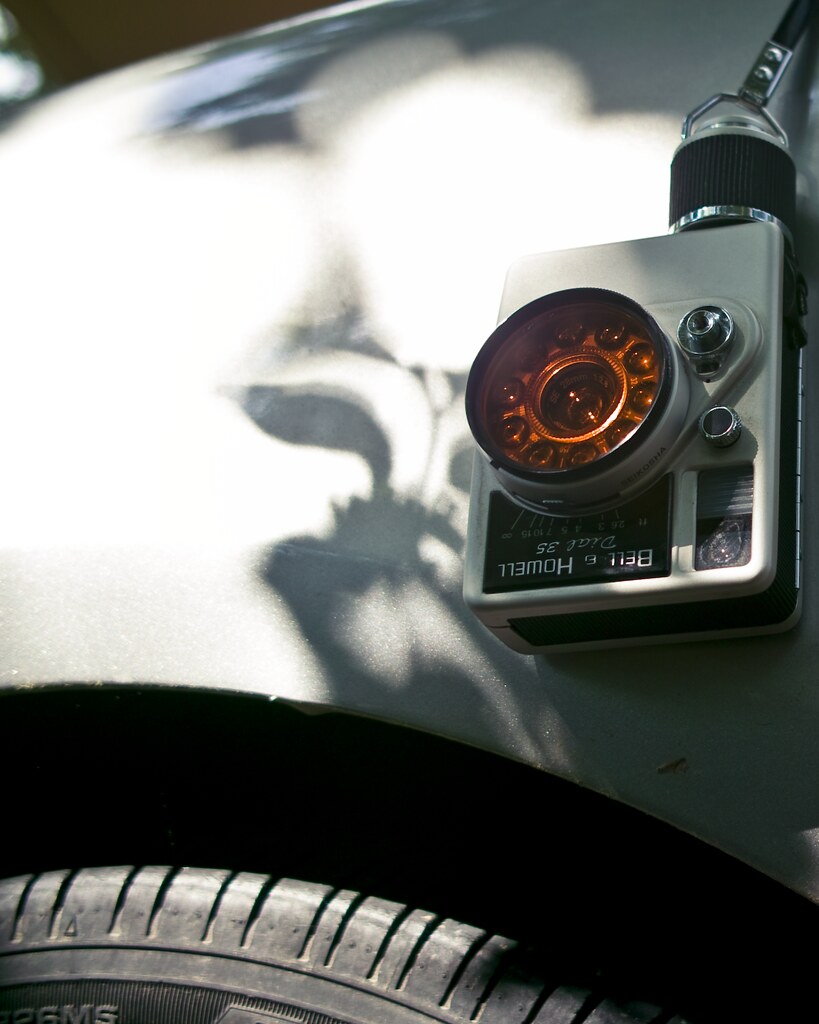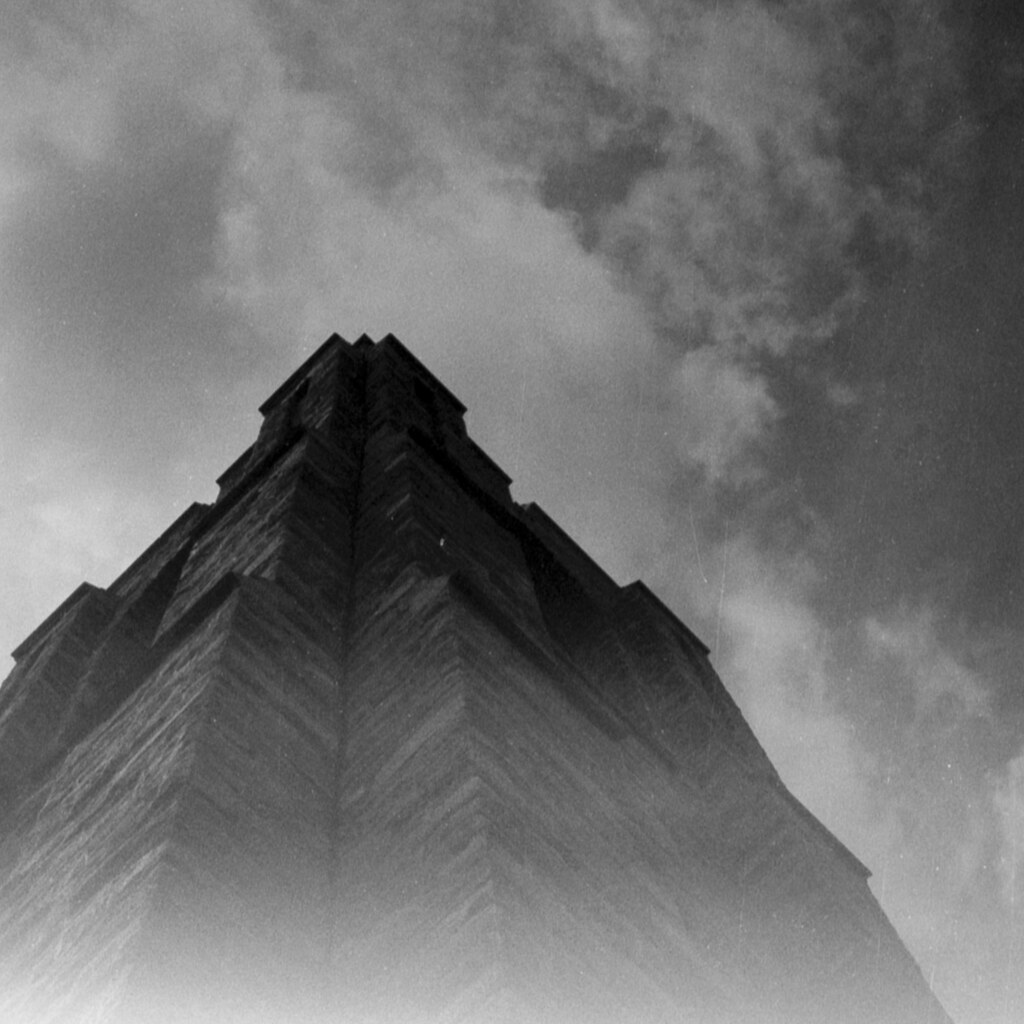Canon Dial 35 2

This review is part of my photo reference set on Flickr. Clicking the photo above will take you to the photo page on Flickr, with pretty much the same review, but very detailed notes about the camera on the photo itself.
This here is a Canon Dial 35 2. Mine was distributed by Bell & Howell, and is branded as a Bell & Howell Dial 35. Before the Dial 35 2, Canon released the Dial 35, which Bell & Howell branded as the Bell & Howell / Canon Dial 35. So that’s what they’re called, but what are they?
Well, they’re half-frame 135 cameras with shutter priority or metered manual operation. They have wind-up clockwork motors for film advance and rewind. Plenty of other half-frame cameras exist, but most stick to the traditional camera layout that everyone is used to. Depending on how you shoot, this is a good or a bad thing — because it means that your standard orientation is going to be portrait. The Dial 35, with its odd layout shoots landscape when oriented ‘normally,’ which is my main draw to the camera.

canon dial 35 2, ilford panf+, hc-110
The camera has decent ergonomics. Zone-focusing is achieved with a lever running along the top of the lens. Surrounding the lens is the shutter speed adjustment, with speeds from 1/30-1/250. Shutter release is on the lower right (from the user’s perspective) of the lens. Above the release is a small knob for aperture setting. Push the knob into the body, and the camera operates in Tv automatic mode. Pull it out, and turn it to adjust the aperture (f/2.8-22), metering inside the finder. Oddly, the shutter speeds are visible only outside the finder on the shutter speed dial, and aperture numbers are visible only inside the finder, with no representation on the knob itself.

canon dial 35 2, ilford panf+, hc-110
While the camera feels really solid and has decent optics, it also has one fatal flaw: the clockwork advance mechanism. I ran one roll of film through mine, and it started acting very sticky when I went to rewind it. I thought it was done, but opened the back prematurely and fogged the roll. And then, after that, the mechanism stopped working altogether. This is a common issue, and the mechanism is not simple to get to, and less simple to repair. Some people have reported success merely by slipping penetrating lubricants inside — I plan to try this, but it’s low priority. For now, I have a neat, useless camera which I at least got to shoot one roll of film through.